In this article, James reviews the HIFIMAN EF499, which is the company's entry-level R-2R integrated DAC and balanced headphone amplifier rated at 4.35 W. It is priced at $299.
Disclaimer: This sample was sent to me in exchange for my honest opinion. Headfonics is an independent website with no links or affiliate status. I thank the team of HIFIMAN for your support.
To read more about the HIFIMAN products we have previously reviewed at Headfonics, click here.
Please note that this post follows our current scoring guidelines which you can read in more detail here.
After my recent review of the HYMALAYA R-2R equipped HIFIMAN EF500 Integrated DAC and headphone amplifier I now have the even more affordable EF499 for testing.
At $299, the only significant change is the replacement of the internal HYMALAYA module with a tried and tested Philips R-2R DAC.
HIFIMAN claims that the fitment for the EF499 is similar and that you also get the NOS/OS streaming and switching capabilities as you'd expect from the top-tier EF500.
So how much difference should we expect in an amplifier simply by swapping one R-2R chipset for another? You can find out how much in my full review and evaluation below.
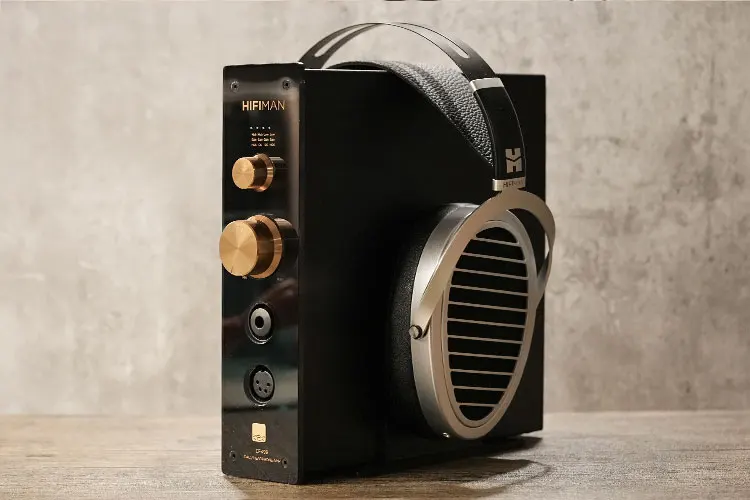

Technology Highlights
CAD
Unlike the outstanding HYMALAYA LE DAC, produced in-house by HIFIMAN, the decoder chipset of the EF499 is a Philips R-2R DAC.
However, from the official materials, HIFIMAN only mentions that it is a classic Philips R-2R DAC with a warm and smooth signature and the tonality is similar to HYMALAYA LE chips.
What I do know is that the Philips EF499 DAC supports up to DSD64 and PCM up to 24BIT/192kHz, which is not top-notch but should cover most commercially available digital audio recordings.
The EF499 has a THD+N rating of 0.0008% and an S/N ratio of 99 dB, with channel separation measured at 95 dB.
This suggests that the Philips chipset might not be as dynamic or have more background noise compared to the HYMALAYA LE, but given the lower price, it's understandable.
We can guess from the power output that the EF499 uses a similar, if not identical, amplification circuit to the EF500, where the decoding stage is followed by discrete amplification and an LPF for a balanced output.
Certainly, the power output at a maximum of 4.35 W into a 32 Ω balanced load is marginally less than that of the EF500, suggesting that such a claim could be true.
US
The NOS/OS knob is a unique feature that helps differentiate the EF499 from the competition. Improves pairings by allowing instant switching between two tonal profiles, either strengthening the R-2R's smooth tone or boosting transients and texture.
That said, the NOS mode that doesn't alter the default sample rate offers a more unaltered organic presentation, while the OS mode that increases the sample rate focuses more on transients and delivers a stronger sense of dynamics.
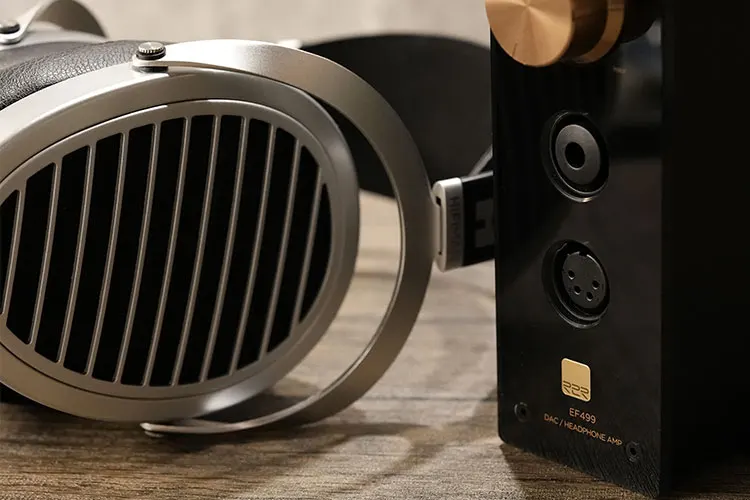

Transmission
The EF499 connects to transmit in the same way as the EF500. Simply connect it with an Ethernet cable to the router, switch to NET+USB on the back of the EF499, and then you can select it from Roon as a Roon Bridge device.
Then, remotely control playback from your phone or tablet configured as a Roon remote or terminal.
The EF499 also supports other streaming applications. One of the easiest ways to enjoy the streaming feature is to download the player apps from your NAS manufacturer.
In my case, I tested the EF499 with Synology's Audio Station, where you can select the EF499 as the output device as if you were connecting it to a USB DAC from your PC.
Aerial playback support
If you stream on your iPhone, iPad, or MAC, another feature to try would be listening via Airplay. The EF499 supports various music applications such as Sony Select, Spotify and QQ, to name just a few.
This is much more convenient than traditional USB DACs, as you don't need local files or cables to configure the output. My streaming experience on the EF499 is so far very stable with much better performance compared to Bluetooth transmitters.
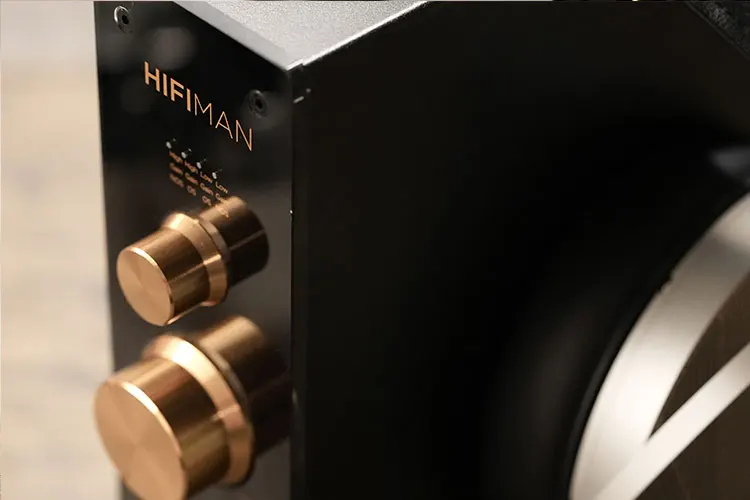

Design
The EF499 vertical form factor is designed to function as a headphone stand or you can remove the screws to lay it flat if you don't have vertical space.
Change the metal front panel to a reflective black acrylic one and use gold knobs. With the Black and Gold theme, it arguably looks more luxurious than the bigger brother EF500, which has a cleaner matte silver finish.
Again, this is a heavy DAC/Amp for its size and at 3.3kg it feels extremely sturdy on the desk. The strong damping should also effectively reduce vibrations and improve chipset performance.
Another commendable aspect is the mode switch that allows you to cycle between high and low gain, as well as OS and NOS modes instantly. I like how it combines OS/NOS modes and high/low gain settings so you can switch between them with a single knob.
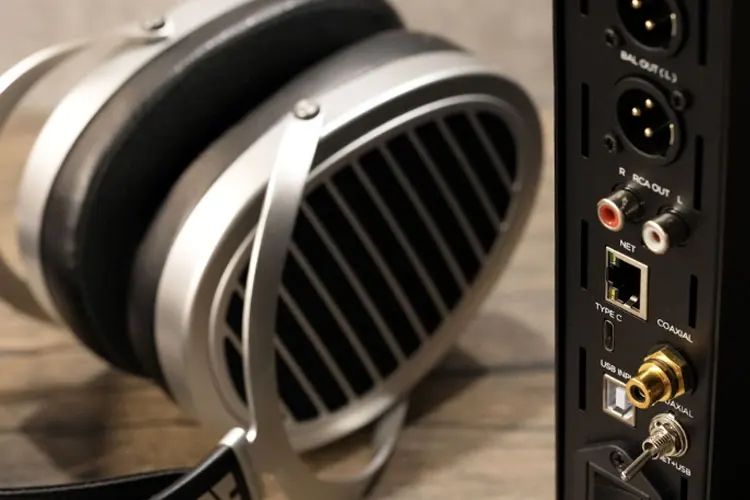

IS
The front panel design seems to make it clear that the EF499 is designed to power headphones with its prominent display of a 4-pin balanced XLR headphone jack and a 6.35mm SE output.
In addition to connecting to a network device via an RJ45 connector on the rear, the EF499 functions as a regular R-2R USB decoder.
You'll find standard XLR LO and RCA connectors and a USB-C and USB-B port for USB-DAC duties on the rear panel. Additionally, you can connect players via the coaxial input for a more traditional HiFi connection.
Packaging and accessories
The EF499 comes in a thick cardboard box and is well protected with foams and the user manual is on the label pasted on the box. You will also receive a power cable, but not much else will require you to purchase an Ethernet or USB cable depending on your system setup.
Sound impressions
The following sound impressions of the HIFIMAN EF499 were completed after over 100 hours of recording and combined with the HIFIMAN Ananda Nano, MOON DROP FORSennheiser HD 650 and FiiO FT5 flat headphones.
Source playback was completed using TIDAL Max over a NAS connection.
Summary
While some R-2R equipment has been accused of sounding soft or lacking separation, the EF499 is not that case.
HIFIMAN managed to strike a good balance between the perceived clarity, texture and timbre of the R-2R chipset, giving it a modern boost with a powerful amplifier that improves responsiveness and bite.
As a result, it sounds more open and extended but retains the rich, dense tone expected from R-2R decoding. Interestingly, the tuning of the EF499 shares some similarities with the presentation of the EF500, but with an even smoother, rounder and raw tone.
Doorbell
You can instantly switch between OS and NOS modes, allowing the EF499 to adapt to different equipment and music genres and is quite audible on the output. I prefer to use the OS mode, which sounds more textured and refined, while the NOS mode feels less overwrought and more relaxing.
I was intrigued whether the Philips R-2R implementation would sound too smoothed out, but in practice, there is adequate resolution and vocal separation, with good dynamics.
Overall, OS mode has a slightly higher resolution, while NOS mode appears unaltered and more realistic.


SW
On OS, the EF499 sounds very well articulated and rich in bass and mids. The bass is punchy, with plenty of air and density, an elaborate drop, and enough intensity to deliver rich, rounded bass elements without feeling limited.
The vocal body energy in the mid-bass is captured very well with a vocal presence in the upper register that offers great synergy with powerful voices like Sia or Whitney Houston.
I also tried Michael Bolton's albums and the powerful male vocals are quickly delivered with adequate definition and penetrating power.
US
When switched to NOS mode, the EF499 sounds more organic and focuses on the harmonics of midrange instruments and vocals.
It may not sound as sharp as the OS mode, but the smooth presentation becomes smoother and more engaging, which is more suitable if you want a relaxing listening session.
I like how the EF499 colors string instruments, harmonica and accordions. They all sound very fast and immersive. However, richness is a double-edged sword and the EF499 may struggle to remain as defined when more instruments join it.
HIFIMAN's Ananda Nano blends well, sounding dense in the mids and very engaging with Tidal R&B mixes.
The output sounds open and expressive with blues and string quartets, capturing the air and tension of the melodies quite well.
It doesn't delve too deep into the bass, instead offering a lively, responsive presentation that prioritizes richness over sharpness without coloring the output too much.
Staging and dynamics
Although the EF499 focuses on the mid frequencies, it doesn't sound restrained, generating a fairly spacious stage with adequate nuances captured by a slightly brightened treble tuning.
It feels like listening in a small conference room, where the virtuoso is not that far away. One thing to note is that despite the rich bass presence, vocals never feel overpowered by the bass.
There is a fair separation between the vocalist and the accompanying instruments, which combine quite intimately, as expected from its R-2R implementation. The high amplification power also boosts the mid and high frequencies, helping to give your voice a smooth boost with greater clarity.
The EF499's tuning favors synthesized bass and vocals, with instruments in the midrange sounding more stereophonic and well-crafted in the body.
However, the highest notes of string or woodwind instruments may sound slightly muffled and rounded in comparison.
Click on page 2 below to see my recommended combinations and selected comparisons.
Sharing is showing interest!







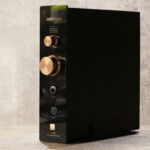
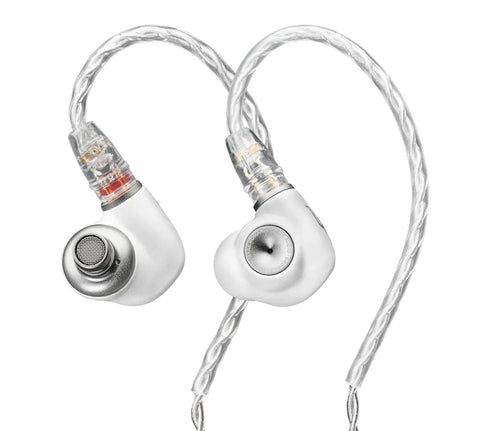
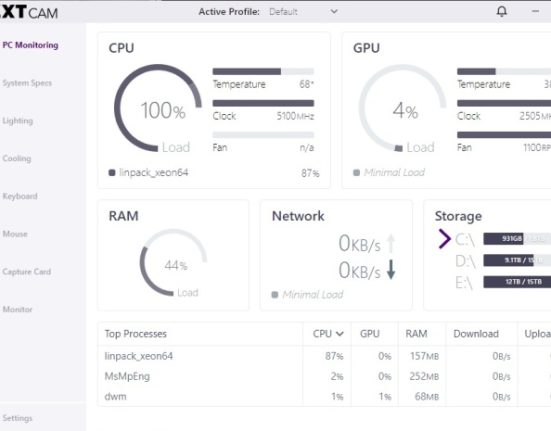




Leave feedback about this